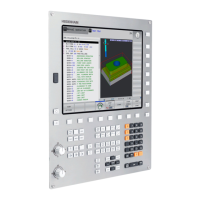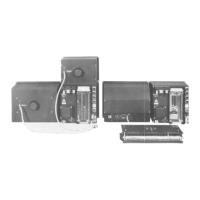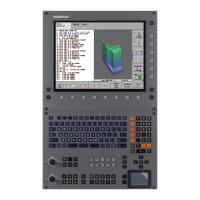Multiple-Axis Machining | The PLANE function: Tilting the working plane (option 8)
13
HEIDENHAIN | TNC 620 | Conversational Programming User's Manual | 10/2017
549
Defining the working plane via three points: PLANE
POINTS
Application
A working plane can be uniquely defined by entering any three
points P1 to P3 in this plane. This possibility is realized in the
PLANE POINTS function.
Programming notes:
The three points define the slope and orientation of
the plane. The position of the active datum is not
changed through PLANE POINTS.
Point 1 and Point 2 determine the orientation of the
tilted main axis X (for tool axis Z).
Point 3 defines the slope of the tilted working
plane. In the defined working plane, the Y axis is
automatically oriented perpendicularly to the main
axis X. The position of Point 3 thus also determines
the orientation of the tool axis and consequently the
orientation of the working plane. To have the positive
tool axis pointing away from the workpiece, Point 3
must be located above the connection line between
Point 1 and Point 2 (right-hand rule).
You can select the desired positioning behavior.
Further information: "Specifying the positioning
behavior of the PLANE function", page 554
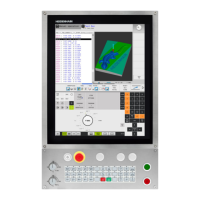
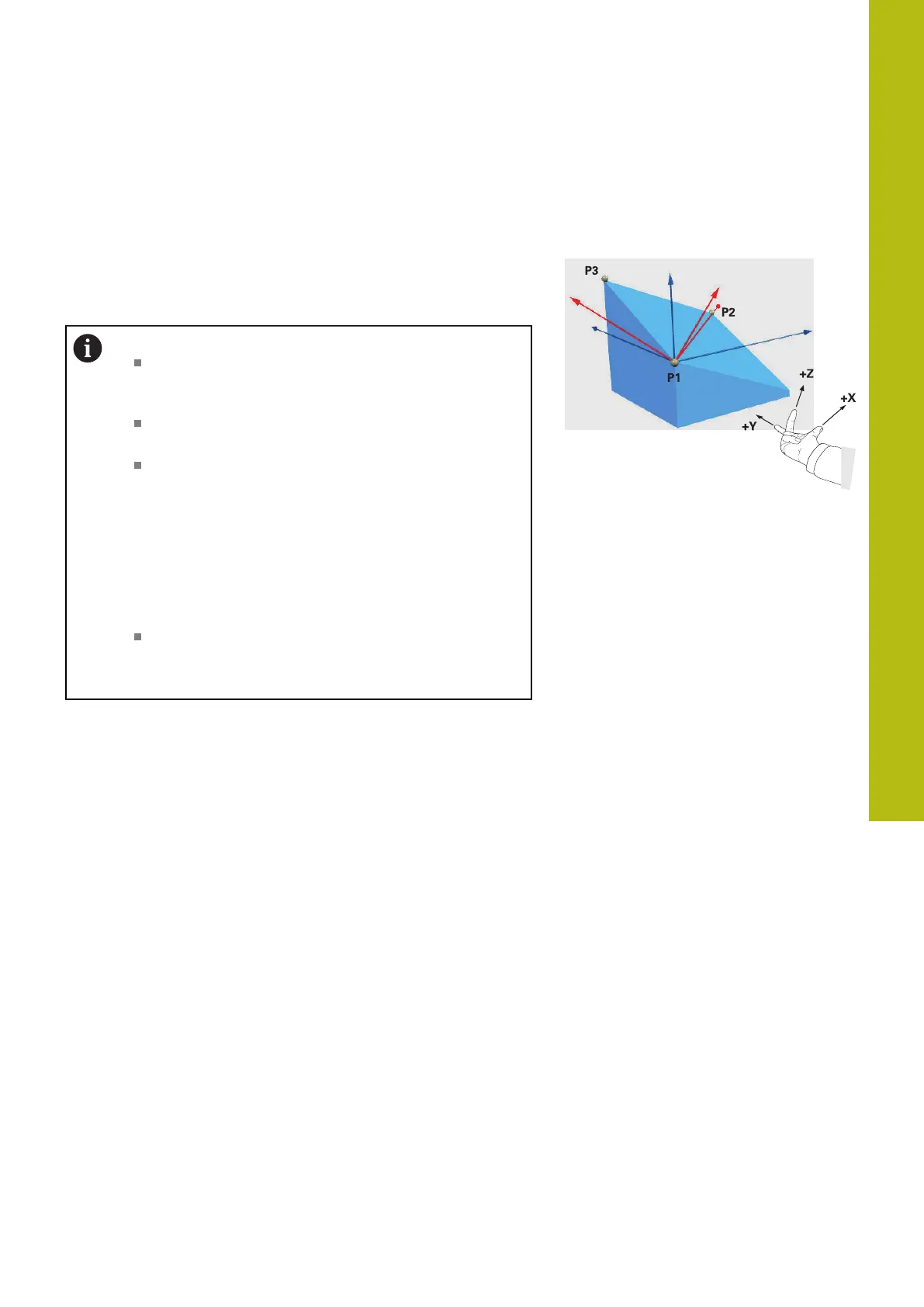